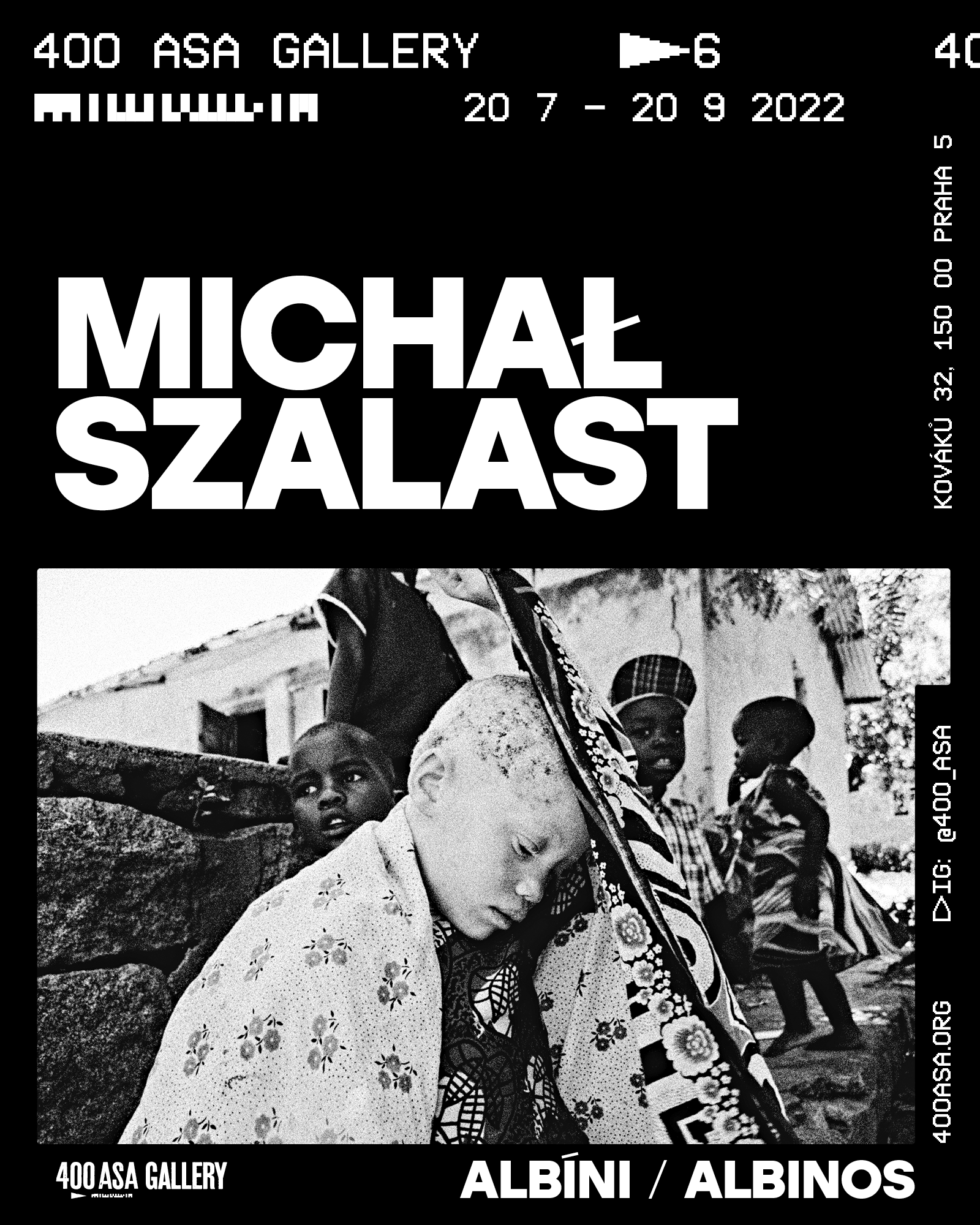
Michał Szalast Albinos
Michał Szalast’s photo cycle of people with albinism from the Tanzanian island of Ukerewe on Lake Victoria challenges our usual ideas about the tragic lives of people who are hated, rejected and sometimes killed by their neighbours because of the colour of their skin. Thanks to his ability to gain the trust of the community he has been able to capture a naturalism that most photojournalists are unable to achieve in shorter periods of time in an exotic country. He became in effect an unobserved observer. His subjects are never actually posing but are living their lives in front of his camera. The author never abused their confidence or trust to create superficially effective photographs. Still, with great empathy, he shows us that above all this community, despite all their handicaps and traumas, does exist the desire to live their best life like everybody else. Like he says: “The light attracts them, but they try to protect themselves from the warm touches of the sun. However, they often pay for these moments of joy in the sun with painful scabs of their skin. Some might even call them prisoners of darkness. However, people who think this way have obviously never seen them smile. It’s a story about the life of albinos and about the darkness they try to struggle and the light they don’t get.” In the Albinos cycle, Michał Szalast continues the tradition of combining humanistic photography with elements of the subjective documentary view. These impressive of his photographs are enhanced by the sharp contrasts of black and white and counterpoints of lights and shadows. Equally important is the extremely well-thought out pictorial composition, emphasizing the symbolism and metaphorical nature of the meeting of various seemingly unrelated motifs, eliminating irrelevant elements and concentrating on the main themes. The hands are this symbol. A white hand touching a black hand shows that there can be a lot of tolerance and mutual understanding in the relations between the albinos and their neighbours.
Michał Szalast
Was born in 1979 in Bytom. Photographer, curator, journalist, filmmaker and teacher at the Institute of Creative Photography FPF of the Silesian University in Opava, he previously worked as a photojournalist for the dailies Dzennik Zachodni and Super Express and the press agencies East News Forum Photographers and Polish Press Agency. He studied history at the Silesian University in Katowice and Photography at the Institute of Creative Photography of the Silesian University in Opava. He had exhibitions in Poland, the Czech Republic and France. He has curated and co-curated many exhibitions, such as NahSichten, Fotografie Forum Frankfurt, Frankfurt am Main 2018; Made in Opava, Katowice History Museum, 2018; INT/EXT, Transphotographiques, Lille 2018; Three Decades, Institute of Creative Photography FPF SU in Opava 1990–2020, Museum of Decorative Arts − House at the Black Madonna, Prague 2020 and House of Art, Bratislava, 2020; 30+. 30 years of the Institute of Creative Photography of the Silesian University in Opava, House of Arts, Opava; Wspólna Opawa / Common Opava, Fotofestival, Lodz 2022. He wrote texts for several books, for example Krzysztof Gołuch: Co siódmy / Every Seventh One, Ruda Śląska 2017 or Krzysztof Gołuch: Hotel, Białystok 2021.
Post a Comment
You must be logged in to post a comment.
